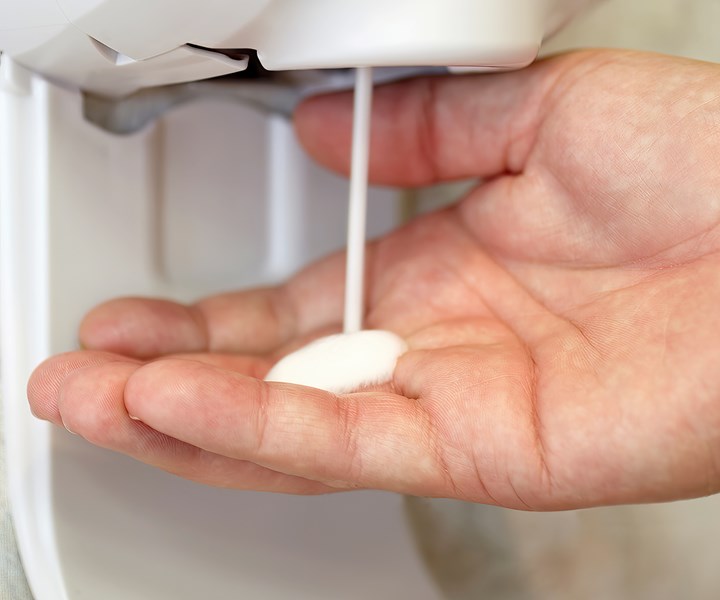Surging Demand for Hand-Sanitizer Dispensers Keeps Molding Machines Busy
Grab a squirt of hand sanitizer—who’s molding that dispenser?
It’s an ill wind that blows no one any good.
The old proverb rings true in the current coronavirus pandemic. Injection molder and contract manufacturer in Sussex, Wis., has around 20 of its 70 injection machines running 24/7 to produce wall-mounted dispensers for hand sanitizer. Each dispenser comprises 10 to 14 injection molded parts—of ABS, SAN, PC and acetal—as well as metal springs, magnets and motors. Assembly involves sonic welding and snap fits with both manual and automated steps.

Photo: Getty Images
Sussex CEO Keith Everson notes that when the H1N1 “swine flu” epidemic hit in 2009-2010, all these dispensers were made in Asia. Now, Sussex produces 50,000 to 70,000 dispensers per week, in 12 styles and various colors.

Everson sees this product as a candidate for the growing trend toward mass customization. He notes that wall dispensers for schools or companies could be decorated with their logos in limited runs economically using IML or digital printing. “There’s a huge need for mass customization,” Everson says, “and we’re investing heavily in R&D and capital equipment to pursue it.”
For more on Sussex IM, see the On-Site feature coming in the May issue.
Related Content
-
How to Design Three-Plate Molds, Part 1
There are many things to consider, and paying attention to the details can help avoid machine downtime and higher maintenance costs, and keep the customer happy.
-
Injection Molding: Focus on these Seven Areas to Set a Preventive Maintenance Schedule
Performing fundamental maintenance inspections frequently assures press longevity and process stability. Here’s a checklist to help you stay on top of seven key systems.
-
Back to Basics on Mold Venting (Part 1)
Here’s what you need to know to improve the quality of your parts and to protect your molds.






